SummaryAirport Rating N/A
Reception of locals **** Cost: £££
SummaryAirport Rating ****
Reception of locals *** Cost: ££1/2
SummaryAirport Rating *****
Reception of locals ***** Cost: £££
2016Globally its been a strange year. The Syrian Civil War entered into its fourth and bloodiest year, yet in the West we were obsessed with the deaths of celebrities. As spring turned to summer, the UK voted to leave the EU in the biggest political decision of my lifetime. In any other year, that would be the biggest newstory, but 2016 outdid itself in the autumn when the US elected Donald Trump as its leader. President Donald Trump, I still can't say it with a straight face.
I began the year by taking a trip to Madrid with my friend to visit an old flatmate. We stayed in his house (more like an mansion) just outside of the city and he showed us around the city and the trip was topped off with a game at the Bernabeu, a stadium that had been on my 'must see' list for a long time. I then took two trips to Valencia, both stag parties with different groups of friends and completely different experiences. I stayed in the beautiful old town of Valencia during my first stay (in an apartment with the most incredible view), and stayed in a more modern part of the city near the beach a few weeks later. Sandwiched in the middle of my trips was another stag party with yet another group of friends, this time to Prague. I took an extended trip to South America, travelling along the Pacific Coast all the way across to the Atlantic. I began in Peru where I visited a number of cities and did a 3 day climb to Machu Picchu. After a run in with the police, I went to the salt flats in Bolivia via La Paz, followed by an almost 18 hour bus journey to San Pedro de Atacama in Chile. After visiting a friend in Santiago I finished my trip with almost a week in Rio. After this I attended a summer school in Spain at the Barcelona Graduate School of Economics and ended the year with a Christmas trip to Paris to catch up with some friends. The year saw me visit 2 of the 7 Wonders of the World. Not bad considering I hadnt been abroad till my early twenties when I could finally afford to pay for holidays. Here are a collection of my favourite pictures I took this year (click on any of the blue links to read my in depth posts on each location).. The Sacred Valley (Urubamba Valley), PeruThe Sacred Valley of the Incas, also known as the Urubamba Valley, is a valley in the Andean Mountains in Peru.
The Sacred Valley, or El Valle Sagrado was formed by the Urubamba River that runs through the area and is located north of the ancient Incan capital of Cusco. The area called the Sacred Valley encompasses the towns of Ollantaytambo, Urubama, Calca, Pisac and Chinchero. The proximity of the river, fertile plains and natural defences made this an ideal area of settlement for Quechua people and it was one of the last bastions of Incan culture before it was conquered by the Spanish. To this day the area produces a lot of the crops that feed the nearby city of Cusco, but it is making an increasing amount of money from the tourist trade. Trips to Machu Picchu pass through this valley and locals have made a business out of selling everything from Quechuan cuisine to clothing/equipment needed to climb the mountains. The area of the Sacred Valley is one of outstanding beauty and almost every point looks over a view like something out of Lord of the Rings (the good part, not the fiery hell part). I visited a couple of cottage industries while I was out there, drank some purple corn juice and generally just admired the views. My walk around Ollantaytambo was perhaps my favourite experience. The town has ancient Incan ruins, a small community feel and a landscape unlike anything I have seen anywhere else. Although most of my hike to Machu Picchu took part in the Sacred Valley, the pictures below cover only the towns in the valley itself. Just before the EU Referendum in June 2016, I mentioned that a leave victory would see the cost of travelling abroad creep up and thats exactly what happened. Luckily my trip to South America happened just a couple of months beforehand. Whether the cost falls over time depends on a number of factors, but for now some of the prices I came across might be slightly more expensive now.
I spent just over a month travelling from the Pacific Coast to the Atlantic Coast and in that time I managed to see four different countries. There's a couple of big omissions; Argentina and Colombia but I managed to see Peru, Bolivia, Chile and Brazil and there is a variation of cost between the different countries. Compared to the cost of travelling around Thailand, South America was considerably more expensive, even in Bolivia which was the cheapest of the countries I had visited, however there are certain things you can do to make sure you get the best value for money. As I mentioned in my post on travelling around Thailand, the more you get to know a place, the cheaper the cost per day becomes. How expensive is South America? Here's my take... ChileChile is strange in that the country is not particularly wide, but is one of the longest north-south countries in the world. This means the geography of the country is incredibly varied. From the worlds driest desert in the north, to the large metropolis of Santiago in the centre and the natural scenery of lakes and mountains in Patagonia in the south. Compared to its neighbours, Chile is also a developed country and this was pretty obvious as soon as I crossed the border from Bolivia.
Chile lacked some of the charm of Peru, the excitement of Brazil or the uniqueness of Bolivia but it was still worth the visit. The Atacama desert in the north was something particularly impressive, just a vast expanse of dry heat. Unfortunately I didn't have time to visit places such as Valparaiso or Patagonia but in this article I have included a selection of my favourite photo's that I took in the country, pictures that I think can give you a feel for Chile, its culture and its attractions. Rio de JaneiroOne of the largest cities in the Southern Hemisphere, home of one of the Seven Wonders of the World, birthplace of the largest carnival on Earth and famous for its beaches, it is no wonder that Rio is the most visited city in South America.
This city has the feel of a very large metropolis, similar to the rush of Bangkok, and you could spend a month here and still not scratch the surface. Rio has a lot going for it, but there is an income gap that seems to be increasing and social tensions that the state tries to hide from the public view (the construction of large panels to cover Favela's as you drive into Rio being the most striking). However, the positives are endless and this is truly one of those cities that never sleeps. In this article I have included a selection of my favourite photo's that I took in the city, pictures that I think can give you a feel for Rio, its culture and its attractions. BoliviaBolivia is a fairly large, landlocked country in western South America that was previously a part of the famous Incan Empire. These days, Amerindians make up a sizable proportion of the country, infact the different native tribes together make up just over half the population and the country is proud of its history and culture.
The first thing I noticed was its relative poverty when compared to its neighbours, although it is a country with a growing economy. Bolivia has a number of unique landmarks and attractions, La Paz, which is the seat of the government, is one of the city '7 wonders' as it is built over 3000m above sea level. Further south are the famous Salt Flats, or Salars in Uyuni, a landscape unlike anywhere else on the planet. In this article I have included a selection of my favourite photo's that I took in the country, pictures that I think can give you a feel for Bolivia, its culture and its attractions. Peru is one of those few countries that seem to have mastered being modern and traditional at the same time. The majority of the population is Amerindian, with Quechua and Aymara people still speaking the same language as they did during the times of the Inca. There is also a sizeable population of European descent who have brought with them Spanish culture. Unlike other areas of South America, however, the Spanish culture didn't completely replace the culture of the Amerindians, instead it seems to melt into it. When you add minorities from Africa and the Far East, you truly have one of South America's most multi-ethnic countries.
From the cuisine to the sights, Peru has a lot to offer. Whether its modern Lima with its Skyscrapers in Downtown or the bars and restaurants in Miraflores, or Ollantaytambo with its beautiful snowcapped mountains and preserved Incan culture, Peru certainly has a little something for everybody. I didn't get to explore the northern part of the country and I heard amazing stories about Arequipa, however, here are my 5 favourite things about Peru. |
AuthorBritish Sikh, born in the Midlands, based in London, travelling the world seeing new cultures. Categories
All
|
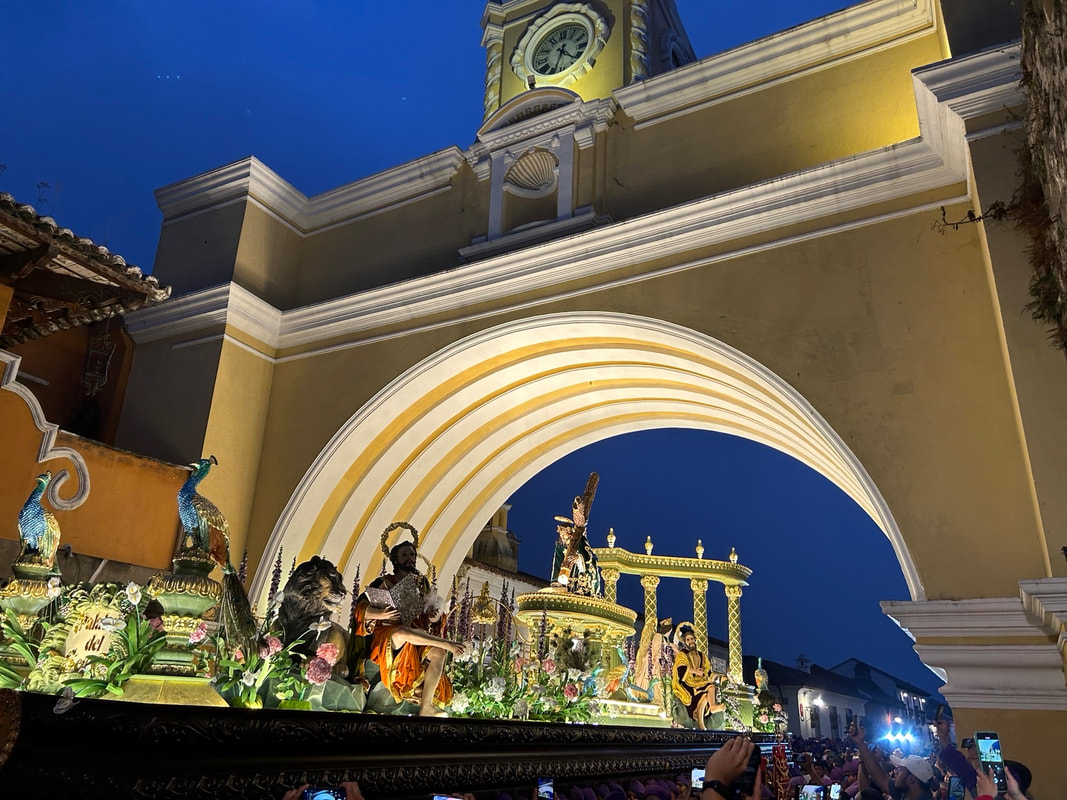
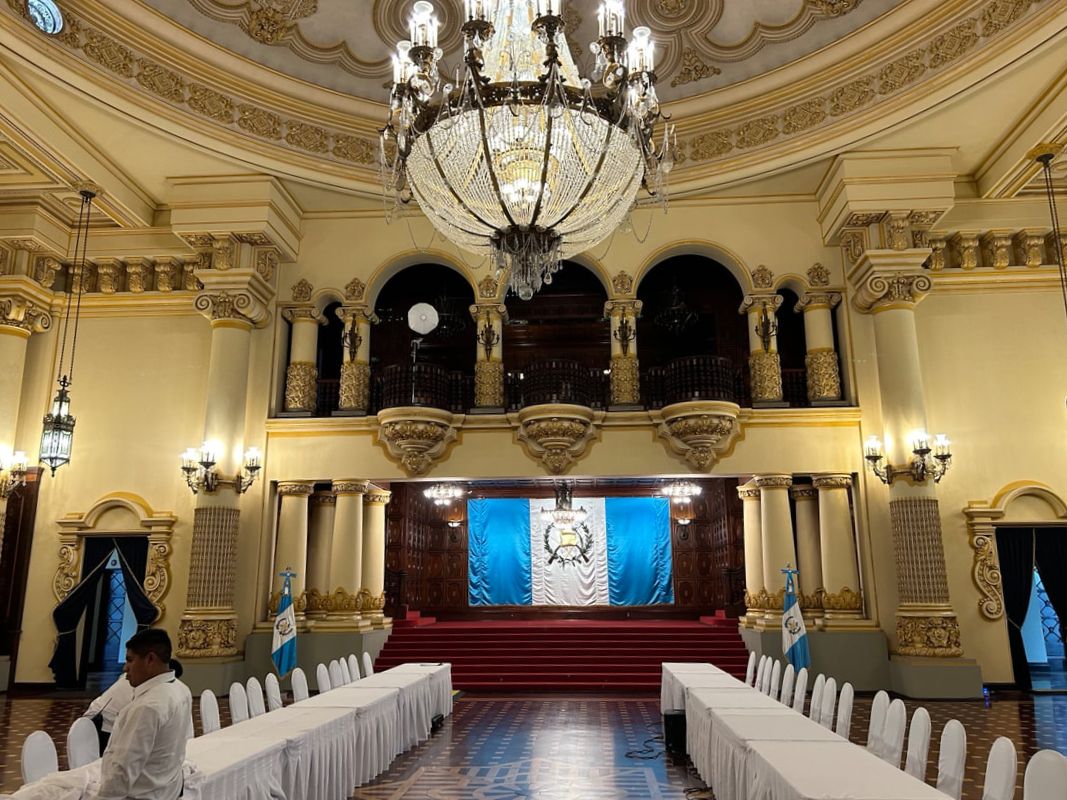
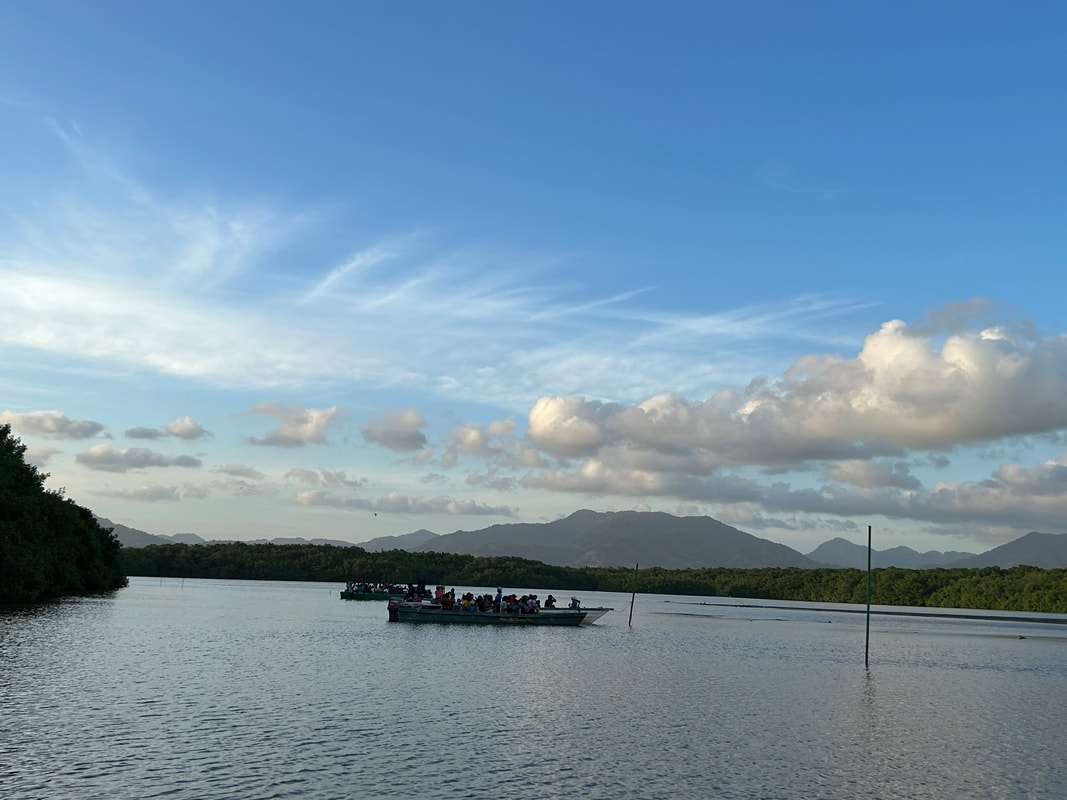
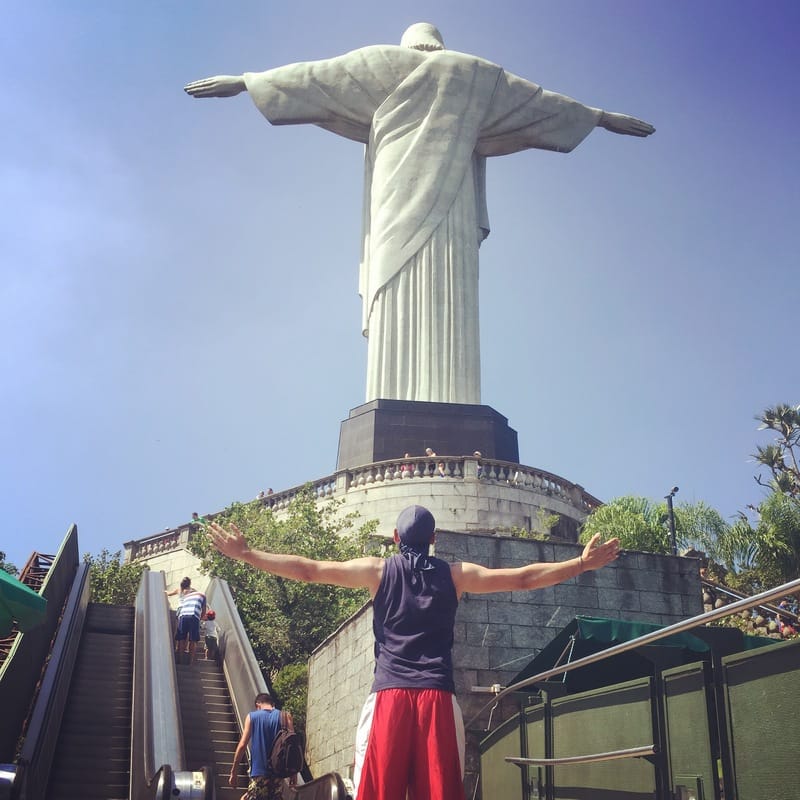
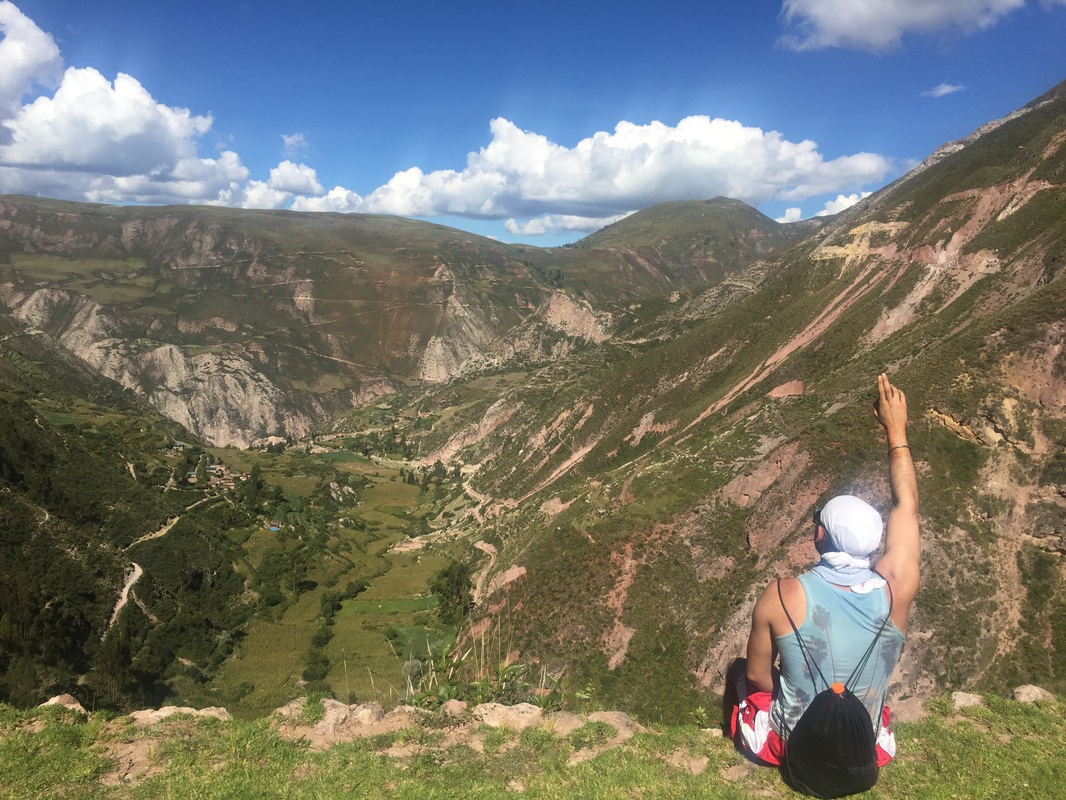
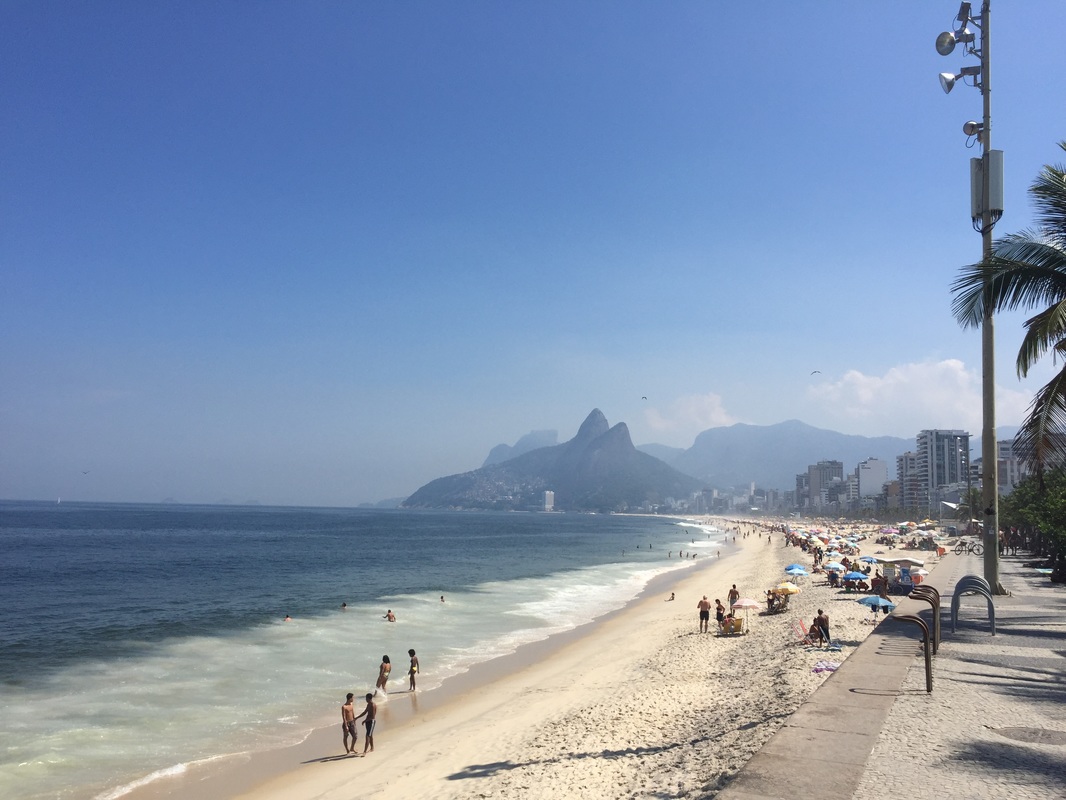
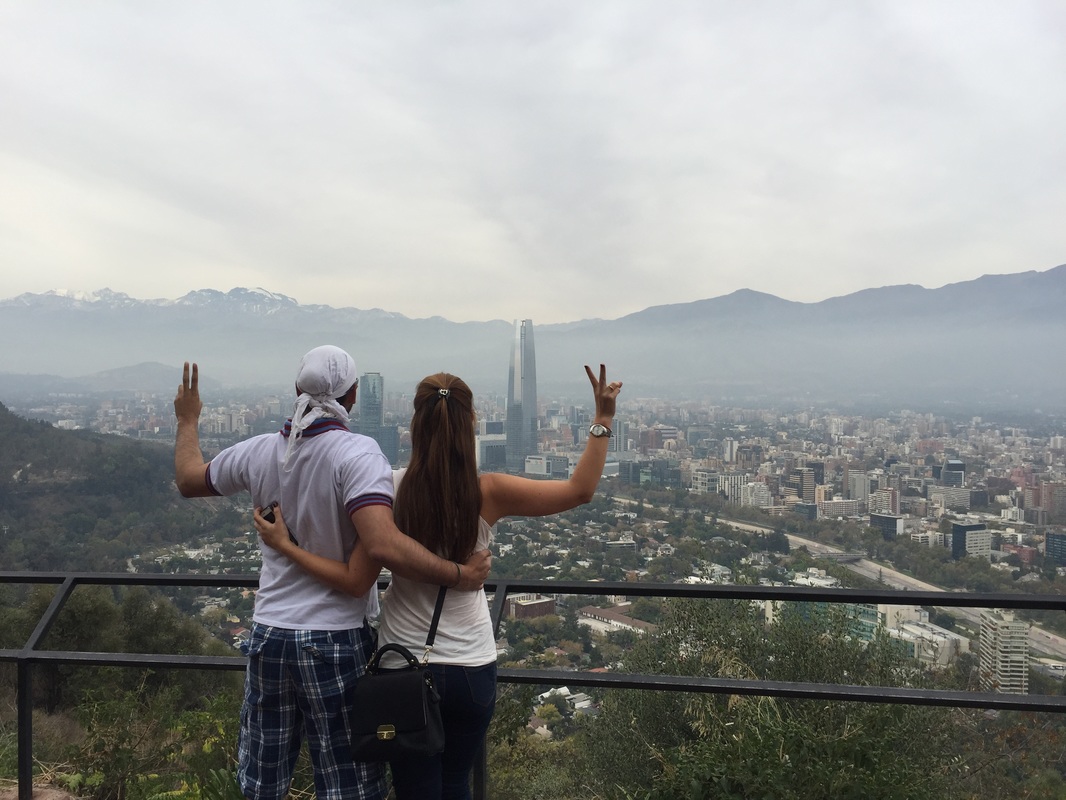
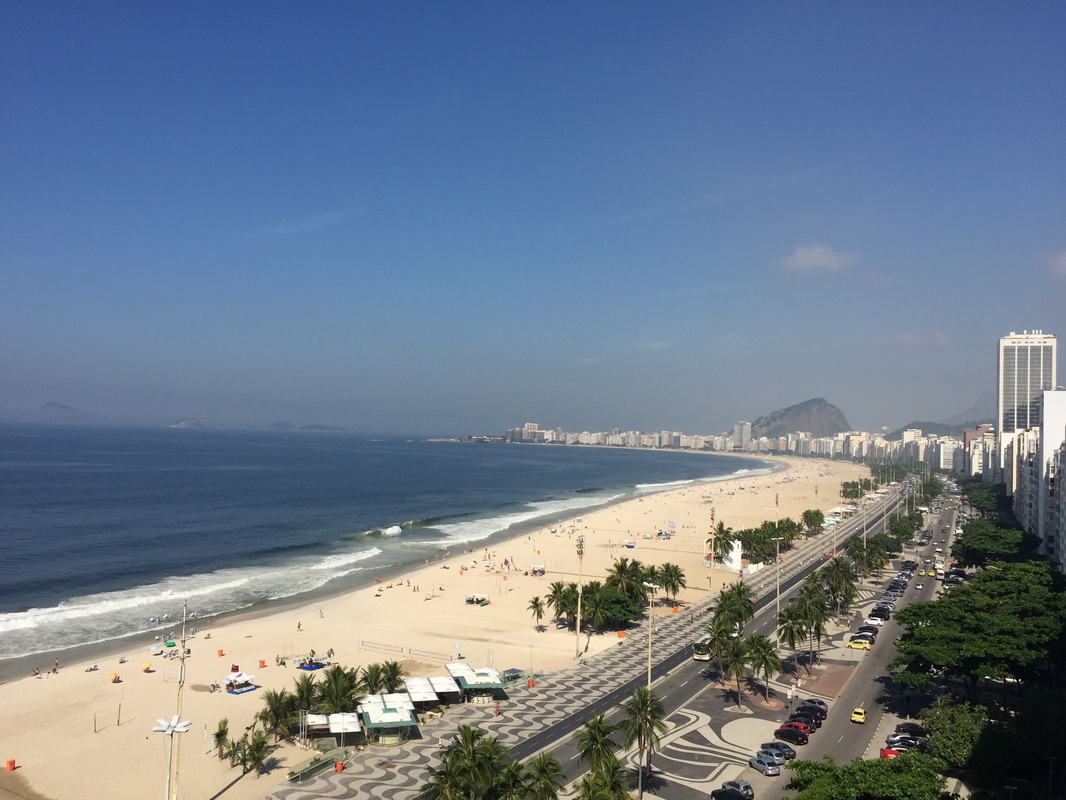
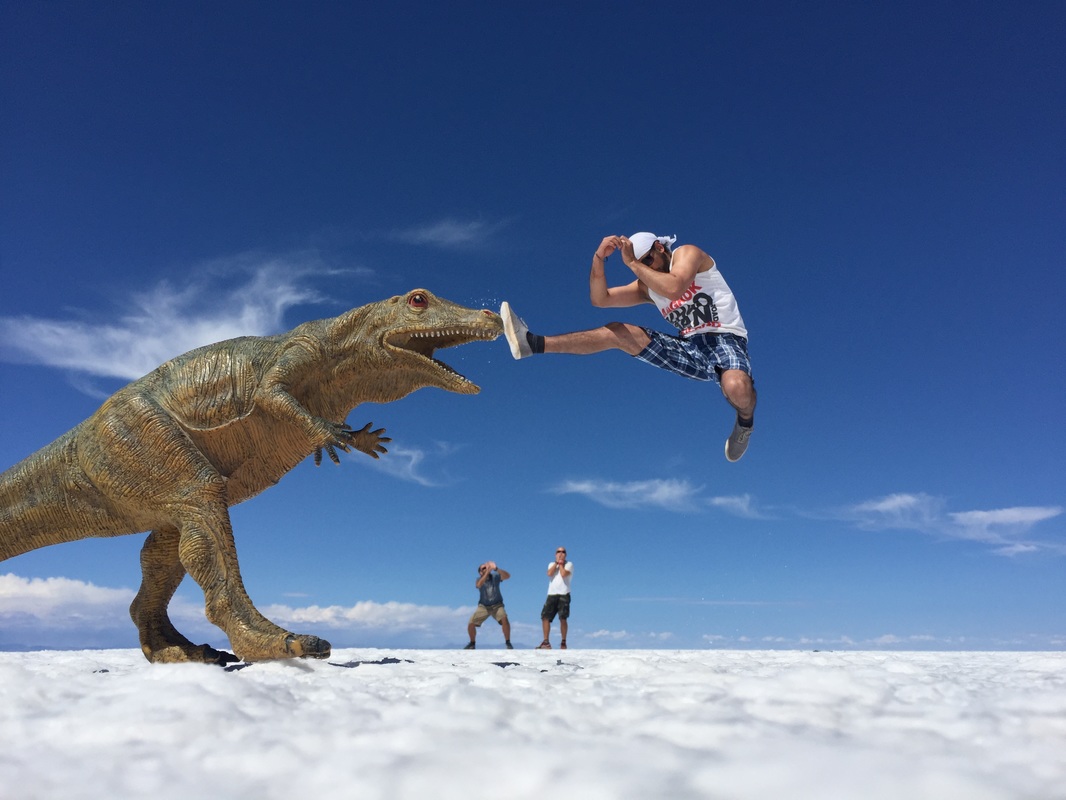
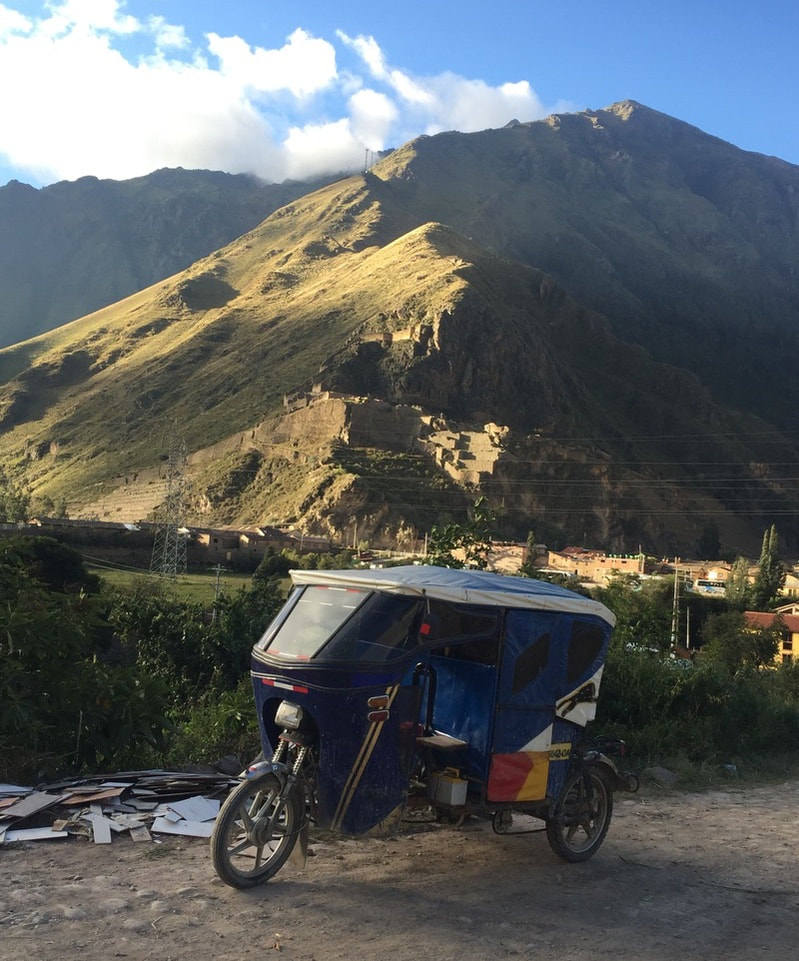
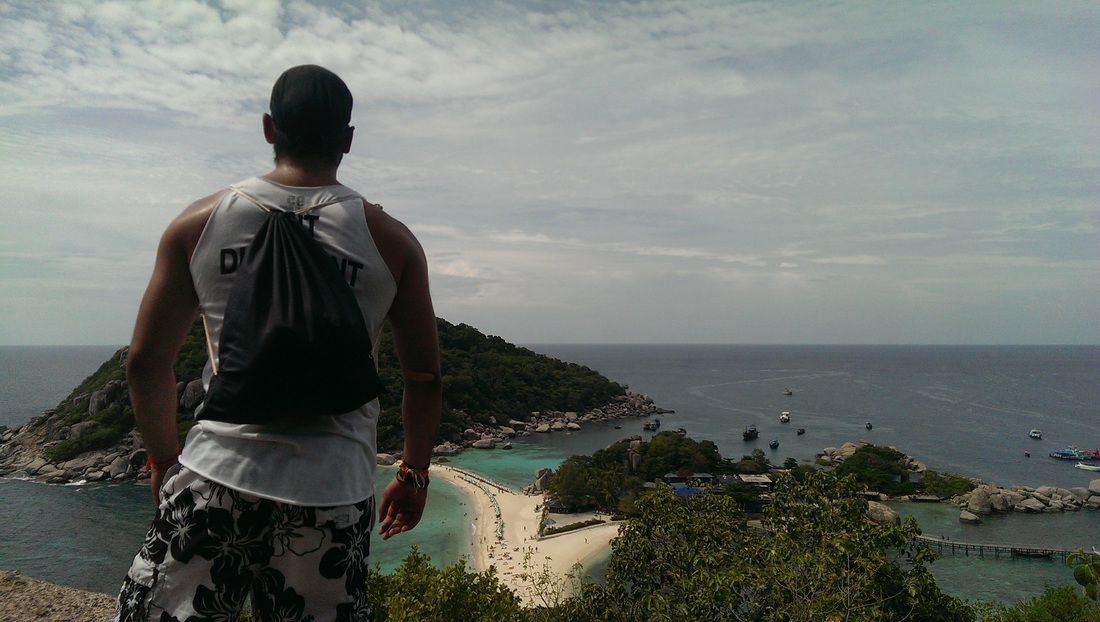
 RSS Feed
RSS Feed